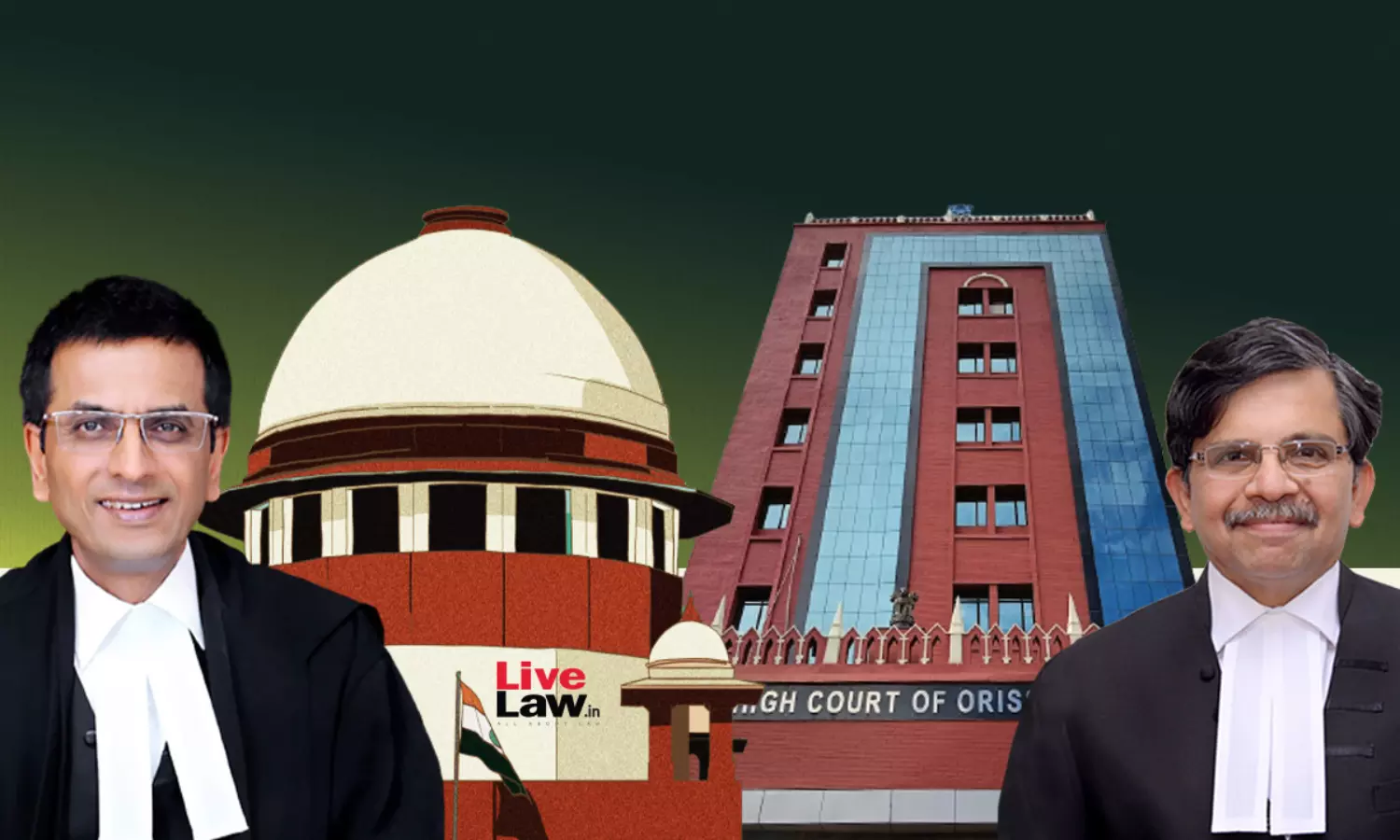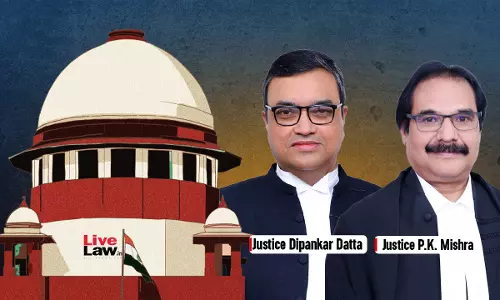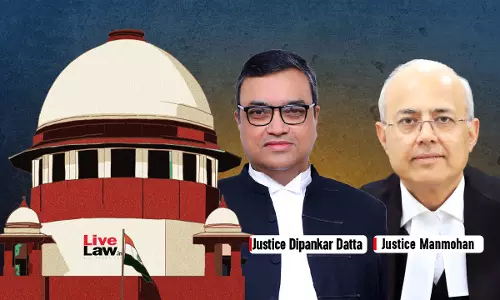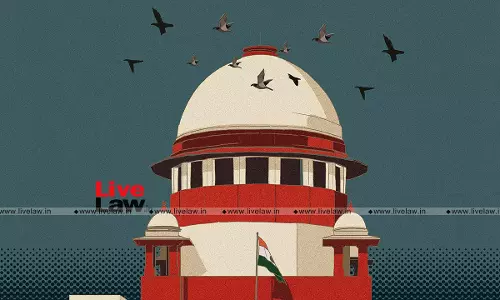Supreme Court Praises Orissa High Court For Creatively Using Technology; Says Other HCs Should Replicate It

The Supreme Court has recorded its appreciation for the Orissa High Court for using technology to improve the access to justice for people from far flung areas of the State.A bench led by Chief Justice of India DY Chandrachud was deciding petitions challenging the Centre's decision to abolish the Odisha Administrative Tribunal. One of the arguments raised by the petitioners was that the...
The Supreme Court has recorded its appreciation for the Orissa High Court for using technology to improve the access to justice for people from far flung areas of the State.
A bench led by Chief Justice of India DY Chandrachud was deciding petitions challenging the Centre's decision to abolish the Odisha Administrative Tribunal. One of the arguments raised by the petitioners was that the abolition of the OAT violated the fundamental right of access to justice.
While rejecting this argument, the Supreme Court observed that the right of access to justice cannot be interpreted to mean that "every village, town, or city must house every forum of adjudication created by statute or the Constitution". In this regard, the Court noted that the cases pending in the OAT will now be heard by the High Court.
The Court also noted that the Orissa High Court has established benches which will operate virtually in multiple cities and towns across the state. "In fact, the number of virtual benches of the High Court is greater than the number of benches of the OAT. Litigants from across the state can access the High Court with greater ease than they could access the OAT", the judgment authored by CJI Chandrachud stated.
Lauding the Orissa High Court's model and advising other High Courts to replicate it, the judgment stated :
"The High Court of Orissa has creatively utilised technology to bridge the time taken to travel from other parts of Odisha to Cuttack. Indeed, other High Courts must replicate the use of technology to ensure that access to justice is provided to widely dispersed areas. This will ensure that citizens have true access to justice by observing and participating in the proceedings before the High Courts in cases of concern to them".
In January, CJI Chandrachud had appreciated Orissa High Court Chief Justice Dr. S Muralidhar in the open court while hearing a petition seeking regional benches for the Himachal Pradesh High Court. If virtual court facilities are provided, the question of regional benches loses relevance, CJI said while pointing out the example of Orissa HC>
"Chief Justice Muralidhar in Odisha has set up video conferencing facilities for every district in the state. He has decentralised the system and now there are benches in each district of the state. So any district lawyer can appear through video conferencing in the High Court by the facilities", CJI had verbally said.
In September last year, Justice Chandrachud, while delivering the keynote address at the First Anniversary of the Record Room Digitisation Centre ('RRDC') at the Odisha Judicial Academy, Cuttack had said–
"The Orissa High Court has been truly in the 'forefront' in implementing initiatives of the E-Committee of the Supreme Court of India."
He had highlighted that transformation of justice delivery system required the building up of Court capabilities that were scalable, stable and crucially designed for the use both by laypersons and lawyers and added–
"Today, from that perspective, I am very proud to witness the first of the many transformations in action at the Orissa High Court, which are being spearheaded by Chief Justice Muralidhar."
Recently, while hearing a batch of petitions seeking to declare virtual hearing as a fundamental right, CJI Chandrachud had disapprovingly noted that certain High Court Chief Justices were averse to implementing technology.
Case : Orissa Administrative Tribunal Bar Association v. Union of India And Ors. SLP(C) No. 10985/2021
Citation : 2023 LiveLaw (SC) 216




